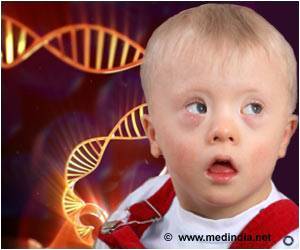CRISPR is a gene-editing technique which is now being used to treat people with an inherited form of blindness by replacing the defective gene. In this disease, people have healthy eyes but lack a gene that converts light into signals to the brain that enables sight.

TOP INSIGHT
CRISPR uses a tool that cuts or "edits" DNA in a specific spot, This technique targets to cater the kids and adults with a healthy version of the gene they require. It's planned to be a one-time treatment that permanently changes the person's native DNA.
Read More..
The objective experimental treatment aims to supply kids and adults with a healthy version of the gene they lack, utilizing a tool that cuts or "edits" DNA in specific places. It would be a one-time treatment providing a permanent solution to the problem.
This fall, Editas Medicine and Allergan, the two companies will test this technique in up to 18 people around the United States, including Massachusetts Eye and Ear in Boston, starting .
This gene editing in people after birth is very different from the controversial work a Chinese scientist did last year —which was changing the DNA of embryos at the time conception in such a way that they can pass on the changes to future generations,but this technique aims not to affect the progeny in any way genetically.
Sangamo Therapeutics is the company which has tried to treat metabolic diseases by gene editing inside the body, using a tool called zinc fingers.
Source-Medindia
 MEDINDIA
MEDINDIA


 Email
Email









